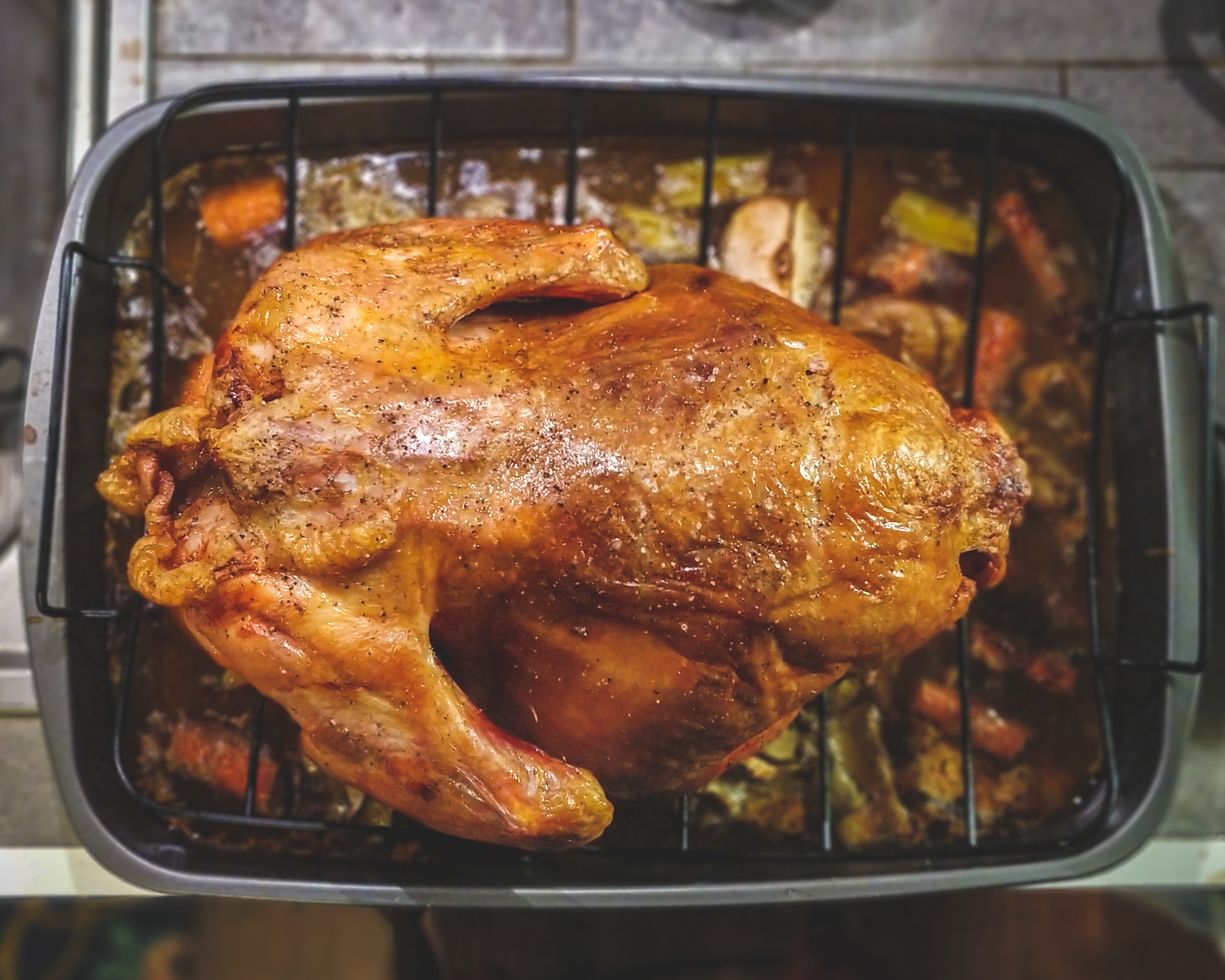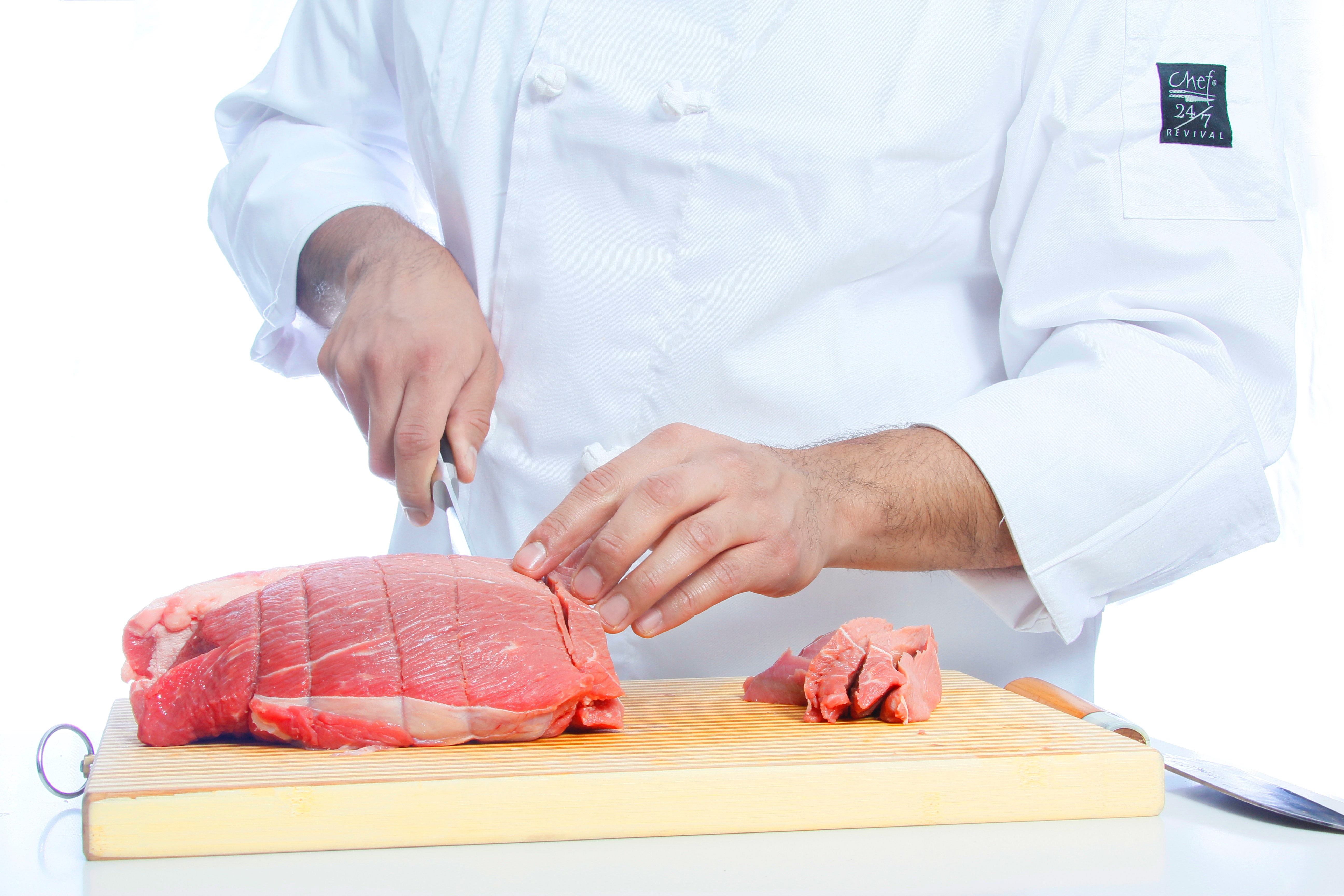The alarming increase in lifestyle diseases has drawn a lot of attention to what people eat. The world is experiencing a technological shift every other day. This means that people have less time to cook or adequately prepare their meals.
Since people are living in a fast-paced world, they rely heavily on fast foods, pre-cooked meals, and soft drinks. The availability of refrigerators and coolers has, over time, offered a perfect solution for prolonged food storage. Unfortunately, improper use of refrigerators facilitates accelerated microbial growth in stored food. This has led to an increase in food-borne illnesses. One of the most affected foods is meat. Meat is a high-risk food due to its high protein level. The most common meat sources are beef, pork, poultry and fish.
Meat-borne illnesses are characterized by episodes of diarrhea, nausea, fever, chills, vomiting, headaches, abdominal pain, dizziness, and irritability.

Micro-organisms that cause food-borne illnesses
The micro-organisms affecting food are bacteria, fungi, parasites and viruses.
Bacteria
The common bacterial strains in meat include Clostridium botulinum. This strain is rampant in canned meat.
Salmonella typhi causes typhoid and can be found in undercooked meat and raw meat that is contaminated.
Vibrio cholerae causes cholera. It thrives in fish.
Escherichia coli has a vicious strain called E. coli O157: H7 that has severe effects on human beings.
Campylobacter jejuni can be found in undercooked chicken.
Listeria monocytogenes is a bacterial strain in raw meats and can also be found in undercooked meats.
Brucella sp. that cause brucellosis are B. canis, B. suis, B. melitensis and B. abortus. Brucellosis spreads to human beings through ingestion of contaminated milk and meat from an affected animal.
Clostridium prefringens is undoubtedly the most fast-acting bacterial strain in meat dishes. It grows rapidly when hot foods are kept in the danger zone (4˚C-60˚C).
Viruses
Hepatitis A and the Norovirus cause illnesses to human beings when one takes in contaminated food or handles food unhygienically.
Fungi
Aspergillus sp. is often found in beef carcasses. Consumption of such meet poses a risk of illness.
Parasites
The most predominant parasites that bring about food-borne illnesses through food contamination include Trichinella spiralis, Giardia intestinalis, Toxoplasma gondii and Cryptosporidium parvum.
Meat preparation techniques
There are two major methods of meat preparation. They are dry heating and wet heating.
Dry heating methods include pan-broiling, oven-broiling, smoking, barbecuing, pan-frying, stir-frying, and deep-fat frying. Infrared radiation and microwave radiation can also be used to cook meat.
Wet heating methods are poaching, simmering, braising and stewing.

Common mistakes made in the preparation of meaty dishes
- Insufficient thawing of frozen meat before cooking. Cooking ill-thawed meat results to undercooked meat
- Insufficient meat resting time
- Poor storage in fridges or coolers
- Excessive reheating of leftover foods
- Undercooking meat
- Burning meat
- Excessive meat smoking
- Mixing raw vegetables and other cooked food with uncooked meat
- Mixing up utensils meant for handling meat with those meant for handling fruits and vegetables thereby causing cross contamination
- Poor processing techniques before packaging meat in cans
- Improper or malfunctional packaging material and techniques
Effect of temperature on meat
Generally, meat succumbs to bacterial action between 40˚F and 140˚F (4˚C-60˚C).
Beef, lamb, pork and veal meats should attain a minimum internal temperature of 62.8˚C. Ground meats should reach an internal temperature of 71.1˚C. Leftover foods have to be reheated to a temperature of 140˚F. All poultry meats have to gain an internal temperature of 73.9˚C before they are considered safe for consumption.
You can measure and monitor meat temperature to ensure proper storage and proper cooking of meat. Broad spectrum bacteria are destroyed above 140˚F and become inactive when meat is stored under 40˚F. Therefore, you can extend meat shelf life under the recommended temperature levels.
Hot foods should be kept at temperatures above 60˚C to prevent multiplication of bacteria. Clostridium botulinum is a bacterial strain that thrives under 60˚C. It is more aggressive in covered hot foods served in buffets.
Note…
- Intake of cold meats negatively affects gastric activity. When one ingests cold meat, the stomach lining produces excessive gastric juice to aid in the digestion of the proteins. This brings about a highly acidic gastric environment that negatively affects patients suffering from gastritis, peptic ulcers, and gastroduodenal ulcers.
- Constant reheating of meaty dishes puts you at risk of food poisoning. Always reheat food to the recommended temperatures.
- Undercooked meats present a huge threat to your overall well-being.
- Invest in the right meat thermometer to ensure accurate cooking temperatures.
- Do not mix meat utensils with other utensils

- Practice personal hygiene and keep the cooking environment clean
- Buy meat that has been inspected and proved by the relevant authorities
- Seek medical attention in the event that you or anyone close to you exhibits symptoms of intense diarrhea, vomiting, and dizziness.
- Microwaving meat may not cook it evenly if large chunks are involved
In a nutshell…
Meat is a high-risk food that requires adequate attention during handling from the processing stage, storage to meal preparation.
Avoid dangerous temperature zones, that is 40˚F-140˚F when cooking meat. Use a meat thermometer to ensure the meat reaches the minimum internal temperature. In this way, you are assured of even cooking and minimal microbial activity in food hence promoting food safety.
References
Benedict, K., Chiller, T. M., & Mody, R. K. (2016). Invasive fungal infections acquired from contaminated food or nutritional supplements: a review of the literature. Foodborne pathogens and disease, 13(7), 343-349. Retrieved from https://www.ncbi.nlm.nih.gov/pmc/articles/PMC5669373/
Eatright.org. (2019). Most Common Foodborne Pathogens. [online] Available at: https://www.eatright.org/homefoodsafety/safety-tips/food-poisoning/most-common-foodborne-pathogens [Accessed 13 Jan. 2019].
Thompson, J. and Thompson, J. (2019). 5 Best Smoker Thermometers In 2018: For Grilling & Smoking. [online] BroBBQ. Available at: https://brobbq.com/best-smoker-thermometer-reviews/ [Accessed 13 Jan. 2019].
Foodborne Illnesses | NIDDK. [online] National Institute of Diabetes and Digestive and Kidney Diseases. Available at: https://www.niddk.nih.gov/health-information/digestive-diseases/foodborne-illnesses [Accessed 13 Jan. 2019].
Food Safety – Public Health – MOHLTC. (2019). Retrieved from http://www.health.gov.on.ca/en/public/programs/publichealth/foodsafety/cook.aspx
Safe Minimum Cooking Temperatures | FoodSafety.gov. (2019). Retrieved from https://www.foodsafety.gov/keep/charts/mintemp.html


